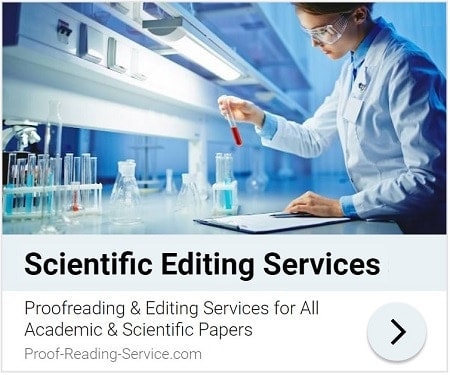
Table of Contents (Guide To Publication)
Part II: Preparing, Presenting and Polishing Your Work – Chapter 3
3.2.2 Using Lists Effectively
Some journals provide advice on formatting lists, but it’s rare. Those that do tend to offer very specific guidelines, asking authors to use bulleted lists or not, to use numbers or letters instead of bullets depending on the placement of a list (within the body of a paragraph or separate), or to use a full stop or a semi-colon after each item depending on the length and grammatical nature of the items. If instructions of this kind are provided, read them carefully and follow them precisely – the journal editors wouldn’t have bothered to provide all those details if they didn’t want lists formatted exactly as they describe.
In most cases, however, such instructions won’t be provided and you will need to figure out for yourself how best to present information in lists, and whatever methods you choose as most effective for the information you need to present, balance and parallelism will be essential. This is to say that each item in the list should be worded and structured as similarly to other items in the list as possible. If the first item begins with a noun followed by a verb (e.g., ‘satisfaction is guaranteed’), then it’s best not to word the second item with a participle followed by a noun (e.g., ‘guaranteeing satisfaction’). Instead, adjust the wording so that every item in your list uses a similar structure, especially if the list as a whole forms a sentence, in which case the sentence must be complete and grammatically correct. Always be sure to observe correct grammar as much as possible, and if the items in your list are long, it’s best to use a full sentence (or more than one) for each item. In this way, your lists will function effectively whether they’re incorporated into a sentence in your text or separated in a bulleted list with several sentences in each item.
In all cases, you should take special care to introduce any lists you use by explaining exactly what is laid out in each list and making the transition between your prose and your list smooth and effective. For example, if you’re about to list categories of personality traits considered in the participants in your study, make the function of the list explicit by introducing it with something like ‘The following personality categories were considered in this study,’ using a colon after it and presenting the list immediately. Lists can be extremely effective ways of presenting or reporting complex information in clear and accessible ways, but only if they are formatted and introduced in a manner that makes their function and content absolutely clear to your readers, and if their grammar and syntax are correct and effective in relation to both content and good English (see also Section 4.4.1, and, for automatic formatting in lists, Section 5.3).
PRS Tip: The proofreaders at PRS read a lot of academic and scientific writing in a wide variety of disciplines and specialisations, so we’ve kind of seen it all when it comes to the presentation and layout of scholarly articles – the good, the bad and the ugly. As readers who need to understand the texts before us both quickly and thoroughly, we can attest to just how vital the use of informative, distinctive and consistent headings, the logical development of thoughtful paragraphs, the clear explanation of transitions and the effective construction of lists are to your readers’ understanding of your research and argument. Noticing when aspects of your writing aren’t working to improve communication or are in fact hindering it is precisely what we do, so we can offer suggestions and corrections to help you produce a carefully organised and beautifully presented article that looks as good as it reads.
This article is part of a book called Guide to Academic and Scientific Publication: How To Get Your Writing Published in Scholarly Journals. It provides practical advice on planning, preparing and submitting articles for publication in scholarly journals.
Whether you are looking for information on designing an academic or scientific article, constructing a scholarly argument, targeting the right journal, following journal guidelines with precision, providing accurate and complete references, writing correct and elegant scholarly English, communicating with journal editors or revising your paper in light of that communication, you will find guidance, tips and examples in this manual.
This book is focusing on sound scholarly principles and practices as well as the expectations and requirements of academic and scientific journals, this guide is suitable for use in a wide variety of disciplines, including Economics, Engineering, the Humanities, Law, Management, Mathematics, Medicine and the Social, Physical and Biological Sciences .
Table of Contents (Guide To Publication)
You might be interested in Services offered by Proof-Reading-Service.com
Journal Editing
Journal article editing services
PhD Thesis Editing
PhD thesis editing services
Expert Editing
Expert editing for all papers
Medical Editing
Medical Editing Services
Research Editing
Research paper editing services
Book Editing
Professional book editing services






